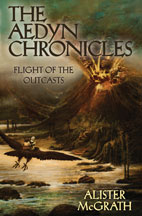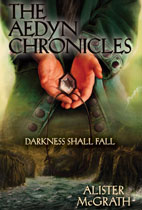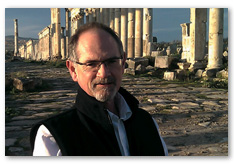 Stephen Lawhead, whose latest book
The Bone House
we are examining at the CSFF Blog Tour this week, has some research ideas for writers that you might find interesting. From an interview on his website:
Stephen Lawhead, whose latest book
The Bone House
we are examining at the CSFF Blog Tour this week, has some research ideas for writers that you might find interesting. From an interview on his website:
Q: So you’ve been to Egypt, and Prague and Oxford, and all those places?
A: All of those places, to be sure — and others that are yet to appear as well. Oxford is where I live, so that’s a location that I’m becoming increasingly familiar with on many levels.Sometimes – and this has happened with other books, it’s unavoidable – I can’t travel to the place I need to write about. That may be for political reasons, such as the country being closed to Westerners, or it may simply not be worth travelling to some far-flung place if it only makes a fleeting appearance in the story. It may also be that, now in the 21st-century, it is almost pointless to go to a place and be able to get much inspiration for how it was hundreds of years ago. For example, if I wanted to know what Manhattan Island was like in the 1200s, a week in New York City, as much as I might enjoy it, really isn’t going to be much help.
So, in the past, I have used experiences gained in one place to stand in as another. For example, years ago I visited Haiti – still very primitive in the hinterland – to inform descriptions of India. In The Iron Lance I let a visit to Kairouin Tunisia, stand in for medieval Baghdad, as the ancient walled city was closer visually and historically than the bustling modern metropolis in Iraq would have been.
Pretty neat, huh? Envision Lawhead visiting all kinds of out-of-the-way spots on the globe for his books. No wonder it takes him a year to write a book!
In The Bone House, he describes a trip down the Nile in a small boat. Not surprisingly, he’s done it himself:
And the Nile. Of course, now the Nile has been dammed at Aswan and that has affected the countryside dramatically throughout Egypt, so you have to imagine what it was like when the Pharaohs ran the place. But I made an effort, by spending a week in small wooden boat – a dahabiya – sailing from Aswan to Luxor, berthing on the riverbank each night, and observing along the way the villages and people I could see, and even visiting some of those villages.
Once the boat was tied up, the captain – an elegant man who wore a traditional gallabiyah with a light purple turban – would stroll ashore with a plastic bag of something smokeable in his hand. He’d make a little fire, walking around it as he fed in bits of sticks and wood he found on the riverbank. When he got his campfire going, one of his crewmen brought him his hubble-bubble pipe, and he sat there cross-legged smoking sheesha while his crew trimmed the sails, and settled the boat for the night.
Priceless.
Source: http://www.stephenlawhead.com/interview-on-research.html
For a more general interview: http://www.stephenlawhead.com/faq.html
To read what others are saying, check out these other bloggers on the CSFF blog tour:
-
-
?
?
?
Noah Arsenault
? Red Bissell
? ? ? Thomas Clayton Booher
? Beckie Burnham
? Morgan L. Busse
CSFF Blog Tour
? ? ? Jeff Chapman
? ? ? Carol Bruce Collett
? Karri Compton
? Theresa Dunlap
? April Erwin
? Victor Gentile
? Tori Greene
? Ryan Heart
? ? ? Bruce Hennigan
? ? ? Timothy Hicks
? Christopher Hopper
? ? Janeen Ippolito
? Becca Johnson
? ? ? Jason Joyner
? Julie
? Carol Keen
? Marzabeth
? ? ? Katie McCurdy
? ? Shannon McDermott
? Joan Nienhuis
? ? Chawna Schroeder
? Kathleen Smith
? ? ? Donna Swanson
? ? Rachel Starr Thomson
? Robert Treskillard
? ? Steve Trower
? ? ? Fred Warren
? ? ? Phyllis Wheeler
? Rachel Wyant



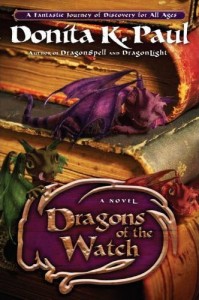
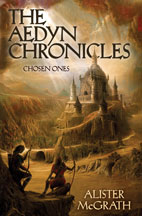 The Aedyn Chronicles, three books by Alister McGrath:
The Aedyn Chronicles, three books by Alister McGrath:
